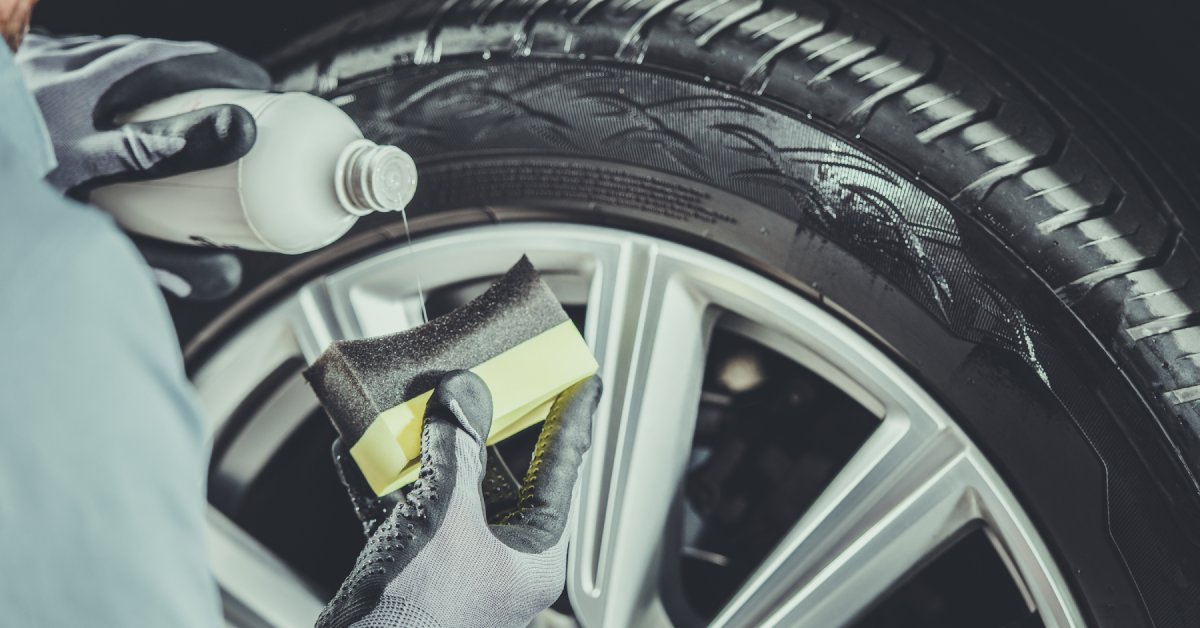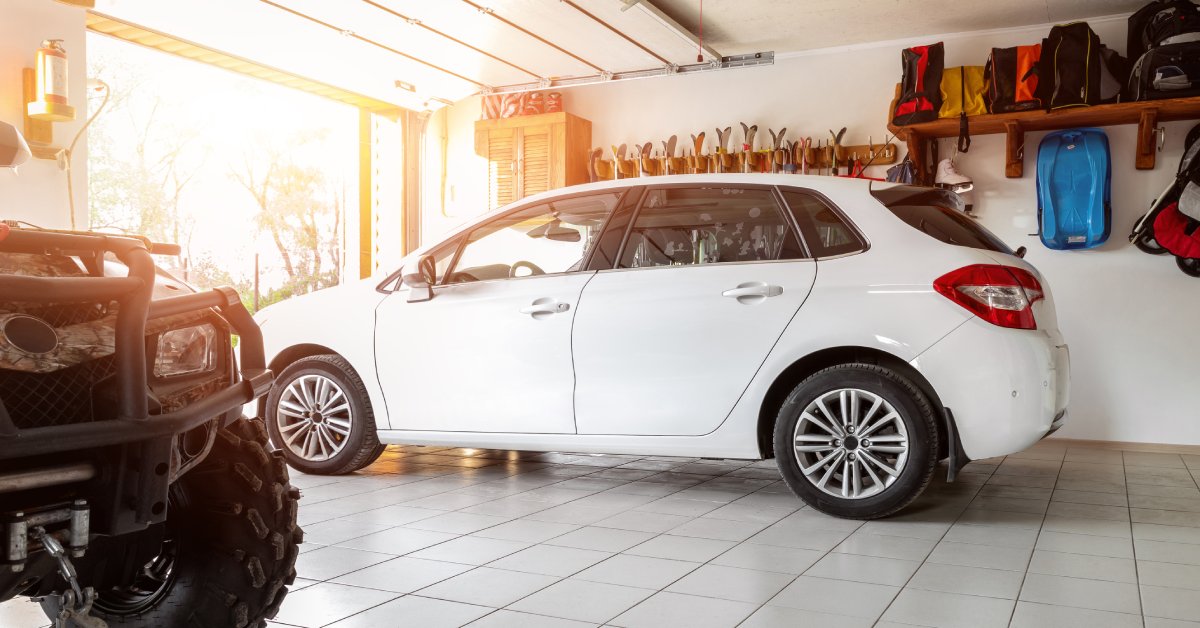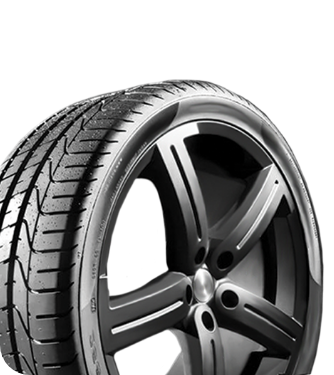

Preparing Tires for Long-Term Vehicle Storage
Misc. |Storing your vehicle for months can save money and extend its lifespan, but only if you do it right. Long-term storage presents various challenges; the tires, in particular, can develop flat spots or release air pressure. With this guide, you can learn how to prepare your tires for long-term vehicle storage and explore storage options that will work.
Why Tire Care Matters Before Storage
A vehicle that sits stationary for extended periods is likely to have several issues. Tires can naturally develop flat spots in the areas where they support the vehicle, which can take weeks or months. These flat areas create vibrations and uneven wear patterns that can make your vehicle unsafe to drive. In severe cases, flat spots become permanent, requiring complete tire replacement.
During storage, tire rubber can also become brittle and crack if not prepared correctly. Temperature fluctuations and UV exposure can accelerate this degradation process. Understanding these risks can help you take the necessary steps to protect your vehicle and tires, ensuring they remain safe and roadworthy.
Prestorage Tire Assessment
Before storing your car, conduct a thorough inspection of your tires to ensure they are in good condition. This will help identify any existing problems and determine the best storage approach for your specific situation.
Check Tire Condition
Examine each tire for signs of wear, damage, or aging. Look for cracks in the sidewalls, bulges, or embedded objects, such as nails or screws. Measure the tread depth to confirm that the tires have more than 2/32 of an inch of tread.
Inspect for Uneven Wear
Uneven tire wear patterns indicate alignment issues, improper inflation, or suspension problems. Address these underlying issues before storage to prevent further damage.
Essential Prestorage Steps
Proper tire preparation begins with cleaning and maintenance tasks that protect your tires throughout the storage period.
Clean Tires Thoroughly
Remove all dirt, brake dust, and road salt from your tires using mild soap and water. Pay special attention to the tread grooves and sidewalls.
Road salt and chemicals can cause accelerated degradation of rubber during storage. Allow the tires to dry completely before proceeding with additional preparation steps.

Apply a Tire Protectant
High-quality tire protectants are a great option for protecting your tires before storing them for an extended period. These products help prevent rubber degradation, cracking, and UV damage. Apply the protectant evenly to all tire surfaces, including the sidewalls and tread.
Remove Embedded Debris
Carefully remove any stones, nails, or other objects embedded in the tire tread. Use needle-nose pliers or a tire pick to extract debris without damaging the tire. Small punctures can be professionally repaired before storage, while severe damage may require a tire replacement.
Storage Method Options
Select the right storage method for your needs. This means you should consider what fits your situation, space, and budget. Each approach offers different levels of protection and convenience.
Ground Storage With Rotation
Ground storage is the most common storage method, involving leaving tires on the vehicle while implementing a rotation schedule. This method involves moving your vehicle forward and backward about a foot every few weeks to adjust the tire contact points. This method prevents prolonged pressure on the same tire areas.
Tire Removal and Storage
Removing your tires for extended storage periods provides maximum protection. Store your tires in a cool, dry location, away from direct sunlight, to prevent UV damage. Stack tires horizontally or hang them from the rim to avoid deformation.
You should mark each tire’s position to ensure that they are reinstalled properly. This method provides the best protection but requires more effort and proper storage space.
Jack Stand Support
Raising the vehicle on jack stands removes the tire’s weight-bearing completely. This method eliminates the risk of flat spots and reduces stress on suspension components.
Look for jack stands rated for your car’s weight, and place them on the manufacturer-recommended support points. Next, keep your tires well-inflated to maintain their shape and prevent stress on the sidewalls. This approach is particularly effective for valuable or high-performance vehicles during extended storage periods.

Storage Environment Considerations
Where you store your vehicle is an important part of the storage process. The storage environment can significantly impact tire condition during extended periods; therefore, it is essential to carefully consider where you store your car.
Temperature can quickly age tires, so ensure that your storage area is temperature-controlled to avoid any problems. Ideal storage temperatures range between 50 and 70 degrees Fahrenheit.
Avoid storing items in regions that experience frequent temperature fluctuations, such as unheated garages in climates with extreme temperature swings.
Humidity levels also accelerate tire aging by causing rubber to dry and crack. Moderate humidity levels, ranging from 40 to 60 percent, can help prevent these problems. Excessive humidity also promotes mold growth and increases the chance of metal corrosion on wheels and valve stems. Dehumidifiers in enclosed spaces can help control these levels, preventing damage to your vehicle.
Monitoring During Storage
Monitoring the vehicle’s condition helps identify problems early, so the tires remain in good condition throughout the storage period. Check the tire pressure monthly with a gauge; this way, you can stay aware of any potential tire problems that may arise. Expect a gradual pressure loss of one to two PSI (pounds per square inch) per month. If your tires begin to lose pressure rapidly after adding air, then there could be a leak.
Examine tires monthly for signs of cracking, bulging, or other damage. Look for changes in tire shape, color, or texture that may indicate degradation. Check for pest damage, particularly in areas with rodent activity.
Your Path to Successful Tire Storage
Proper tire preparation transforms long-term vehicle storage from a potential problem into a maintenance advantage. Following these steps can save you money on repairs and protect your vehicle while it is in storage.
Keep in mind that different storage durations may necessitate distinct approaches. Short-term storage (between one and three months) may only need basic preparation, while extended storage (six months and above) benefits from more comprehensive protection measures.
Reliable storage starts with reliable tires. If you’re looking for a tire shop in Laredo, then come to RNR Tire Express. We can help you choose the right tires for your car at an affordable price. With our experts, you can find tires that work well with your vehicle and can withstand the pressure of long-term storage. Don’t wait, contact us today to learn more about our options.





